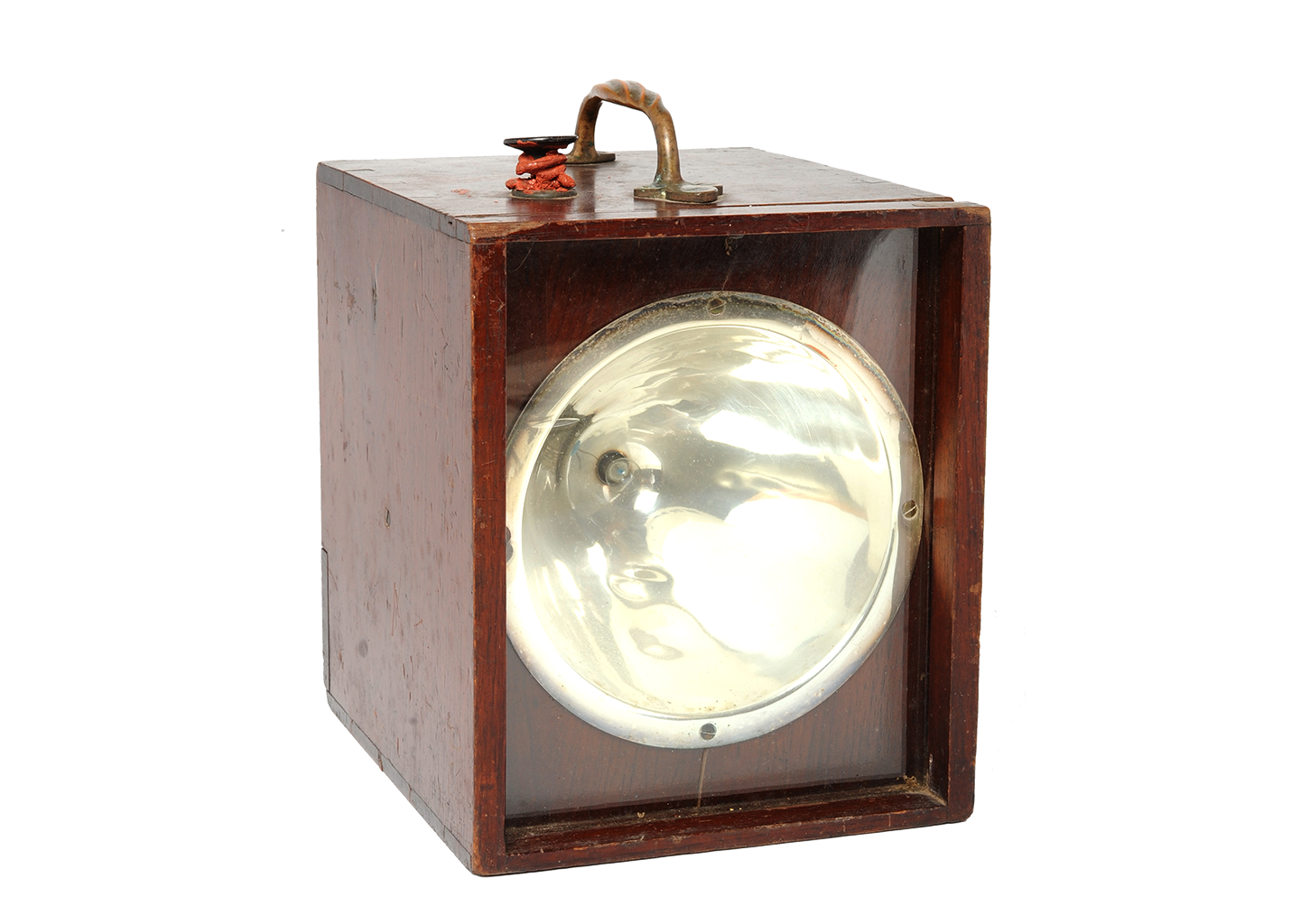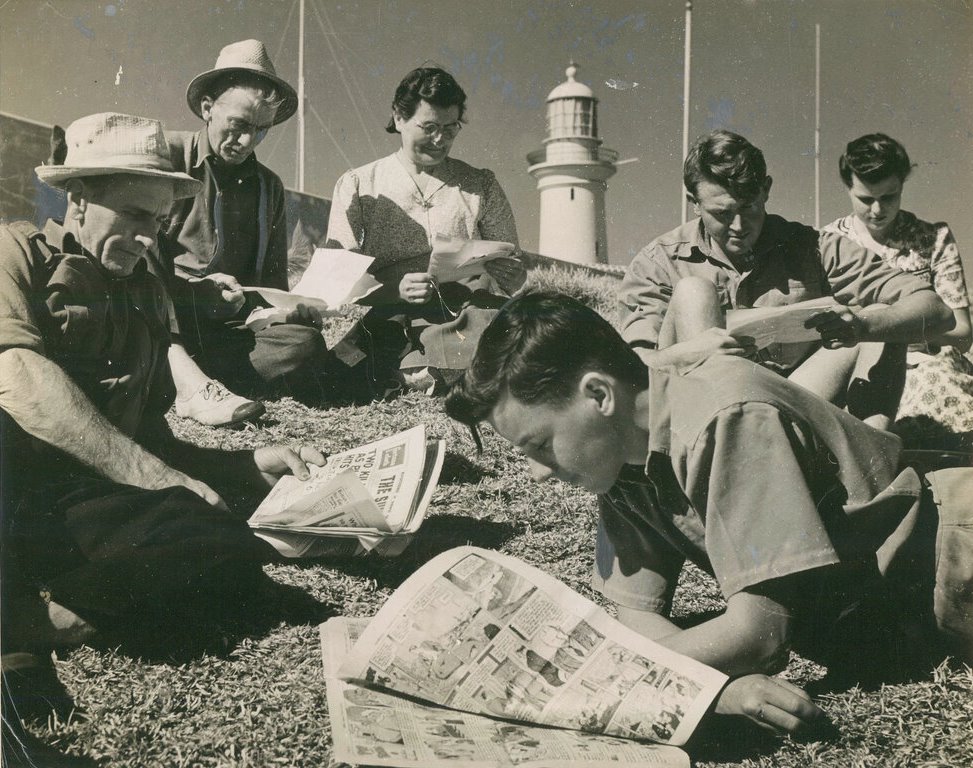In the early days of the 1900s, the South Solitary Island Lighthouse was one of the most isolated places on earth, and, for a young lighthouse keeper named Harry, it was no doubt one of the loneliest. That is, until he met Maud, by way of Morse code messages being flashed across the open sea, late into the night. The romance by Morse code between a Harry Fisher and Maud Damerell has long been part of the history and folklore of the Coffs coast. The little portable Morse lamp, which Harry assembled for Maud, is now one of the few remaining relics of the signalling station that was constructed on Damerell Headland, and which the Damerell family operated from 1887 till about 1918.
The station was commissioned to be a 24-hour link with the lighthouse, to improve communications following the tragic loss of 48 lives with the collision of the Helen Nicoll and the Keilawarra in December 1886. Local landowner, George Damerell, was appointed signal master in charge of managing the station, which was equipped with a set of semaphore flags, a flagstaff with a weather vane mounted to the top, a telescope, a Morse code box, a code book and log book, and writing desk, all housed in a small shed, or ‘flaghouse’.
While George maintained the equipment, by all accounts, most of the signalling fell upon three of his daughters, each of whom took on the role of signaller, till it came to the youngest Maud. Harry and Maud were known to conduct long conversations deep into the night, messaging at such a speed and with great proficiency that any casual observers, with a rudimentary knowledge of Morse, were barely able to interpret their loving exchanges.
The Morse code lamp is a modest piece of equipment but it holds great significance, in that it points back to a time when vital communications between the lighthouse and the mainland relied on visual signals. It was also a time when civilians all along the coastline were called upon to help ensure the safety of those at sea. While there are many instances reported of Morse code lamps being used by sailors and others to communicate with their loved ones ashore, the case of Maud and Harry is by far the most celebrated.
After their courtship and marriage, Harry and Maud spent the rest of their working lives on lighthouse stations. Harry rose to the position of First Assistant Lighthouse Keeper, a position he held till retiring in 1949. The last station at which he served was at Norah Head, as Head Keeper. The couple spent their final years of retirement in Toukley. Prior to his death, Harry was awarded the Imperial Service Medal by the Queen in recognition of his ‘long and faithful service’, which had extended over more than 44 years. He died in 1965, aged 80, and Maud passed away in 1968, aged 87. They had no children, but their romance has now become forever embedded in the history and folklore of the northern Coffs coast, and it represents perhaps one of the very earliest cases of ‘remote dating’.

